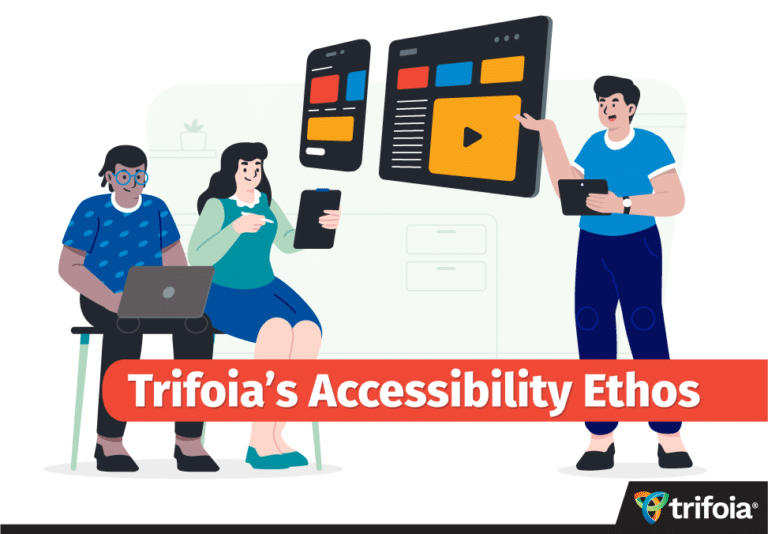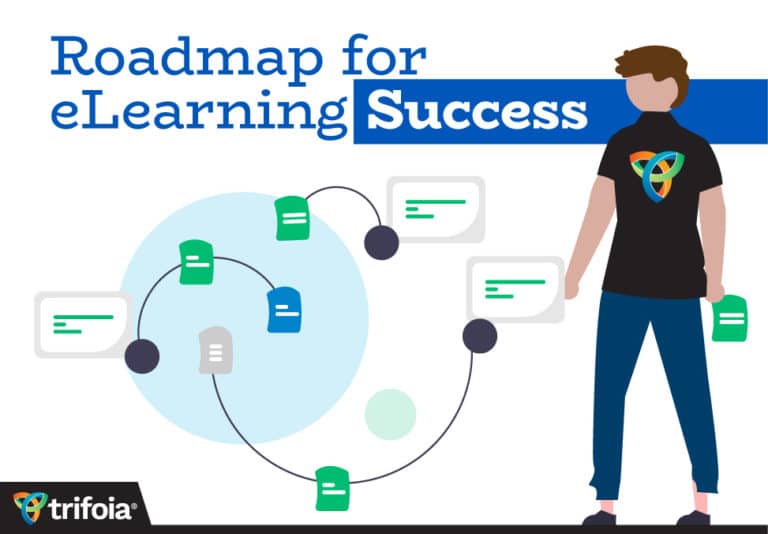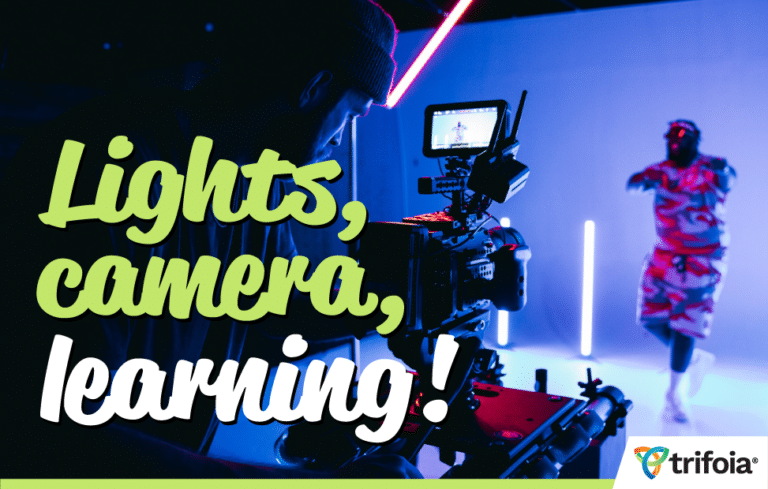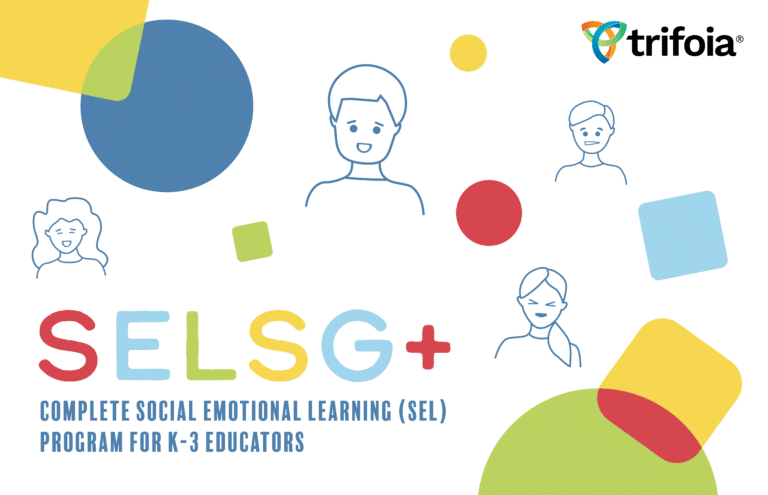
For many in the ID world, this is a tantalizing opportunity to develop content that brings engagement to a whole new level. Taking a classroom tour through historic events, performing surgery on a virtual patient, examining a crime scene in 3D space—these are just a few examples of what VR can do for educational development and training.
Developing a course around virtual reality can be a daunting task, though, and before jumping in there needs to be a team-wide dialogue around using such a complex medium. To navigate this new world of tech, we interviewed Vance Naegle, CEO and founder of Glimmer Tech, a Eugene-based AR and VR development company. Together, we came up with five questions that need to be asked before including virtual reality in your eLearning strategy.
Question 1: Do you really need VR?
“Of course not!” Naegle says. “Just like one doesn’t really need a double pepperoni pizza, but there are times when that is exactly what you need. VR is quickly being adopted as a reliable tool for user engagement, visualization, education, and perhaps most importantly, collaboration in shared virtual spaces.”
VR has many amazing applications, and like Vance says, could be the perfect medium for your content. However, there are many reasons to stick with tried-and-true methods like online course building and video production. For example, when developing content for rural communities or the elderly, more traditional practices will likely keep people from getting confused, disengaged, or even nauseous. On the other hand, creating exciting presentations for a children’s science camp would be a perfect fit for VR. The first thing a developer needs to ask themselves is, “Will embracing this tech really improve the content?”
Question 2: What kind of accessibility requirements do you need met?
No one should ever be left out of a learning opportunity because they interact with the world in a different way. At Trifoia, we take accessibility very seriously, and always strive for 508 and WCAG compliance when attainable. These guidelines are with us from the moment we begin developing a course, and help lead to a final product that is as accessible as possible. Everyone should have access to educational content.
When developing a course for VR, these guidelines are still very important. Motion sickness, eyesight impairment, or even the inability to turn one’s head are among the many situations that need to be considered. If the VR course cannot support all users, will there be supplementary content for them to engage with?
Accessibility does not only refer to physical limitations, but also financial ones. Not everyone has access to the equipment needed to run a virtual course. Some communities even lack access to the internet or smartphones. It is critical to consider your end user’s access to technology.
This is not to say VR can’t be accessible. “VR is accessible in many forms. From simple mobile-based cardboard viewers up to high-end tethered headsets that require a beefy PC to run well,” Naegle says. “It depends largely upon the type of VR experience a client is interested in. If a client is looking for something that works on mobile and can appeal to the widest set of users, I would suggest a mobile VR experience. On the other hand, if they want to do an in-depth training for employees on how to properly assemble a specific set of widgets, then a more involved experience with a dedicated headset (like a Vive or Oculus) would be suggested.”
Thinking in terms of accessibility is important to any eLearning strategy, and with a medium as interactive as VR, it is even more vital.
Question 3: What user metrics are you trying to record, and is it possible to track in VR?
Naturally, a big part of course development is tracking how successful the course itself is. Tracking metrics helps when iterating a course, and the information gathered can help when searching for funding or putting together grant proposals. According to Naegle, many metrics can be tracked in VR just as well as in more traditional courses.
“There are all sorts of custom metrics that can be tracked. Here are a few common ones: task completion, task failed, task succeeded, time of user engagement, and test scoring. We track things like clicks and site hits in VR much the same way we would in a non-VR software application,” Naegle says.
Companies like Glimmer Tech are constantly working on ways to record as many end-user metrics as possible, leading to fine-tuned final products.
“We are developing custom dashboard integration for clients to view specific data related to their projects,” Naegle explains. “We also like to follow up with users directly to gauge their comfort level during the experience, what went well, what could have gone better and things like that. This helps us to continually improve our VR scenarios.”
When developing VR content, obtaining quality metrics may be one thing you don’t need to worry about too much.
Question 4: What level of engagement do you want the end user to have, and how do you see users engaging?
Naegle thinks that either way, VR is best utilized when showing something that is not easily replicated in the classroom: “I believe VR provides the greatest impact when used to demonstrate that which can’t easily be achieved in the real world. For example, replacing a solar panel on the ISS or taking a virtual walk-through on the cross section of a tanker, or visiting a microscopic world. I hope to engage viewers by creating VR worlds that educate as well as entertain. If we can create a small bit of magic that makes a client’s product/brand memorable, then that’s a win for us and the client.”
Remember, with more engagement comes a greater cost and the need for more expensive computers and equipment. Balancing engagement, budget and accessibility is key to creating a successful VR experience.
Question 5: Where do you plan to host/support this VR module?
After deciding on the what, why and how of a VR project, it is equally as important to figure out the where. If the course is low-engagement and the user is more passive, chances are somewhat inexpensive headsets can be provided to the user and the “where” question won’t be as crucial. For high-engagement, active courses, an expensive VR setup will likely be required. This means a central location where participants can go to use the equipment may be necessary for wide-spread adaptation. Placing the burden of obtaining VR equipment on the user could significantly deter people from participating. From here, many other questions can arise: Can this be hosted at a local school, library, or place of worship? Who will facilitate these meetings? What if the equipment is stolen or damaged?
Again, this should not necessarily deter you from using virtual reality, but these questions and concerns are valid and should be considered in the design process. It helps to have an expert handy early on, one who can help find solutions to the challenges that come with developing VR experiences.
“VR experiences can be delivered in multiple ways depending on the client’s wishes,” Naegle, one such expert, reiterates. “For mobile VR development we can create an app for you in the iOS or Android marketplaces. For a more complex, interactive, photorealistic environment we can publish your VR creation to the Oculus and Vive platforms for you to share with the world. In some cases we can deliver a custom VR experience directly from your website. We can also upload custom apps directly to headsets (for added security when preferred). It largely depends on what type of experience the customer is after. The good news is, there are plenty of options!”
Though it can seem like a daunting process with many unique challenges to consider, virtual reality can produce some of the greatest, most unique virtual learning experiences out there. The level of immersion and interaction is unmatched in any other method besides actual, real life training. In the coming years, VR will only become more accessible and widespread, with hours of engaging, educational courses and content that was previously unimaginable. Will your course be there as well?
Thank you to Vance Naegle and the rest of Glimmer Tech for the help with this post. We at Trifoia really respect their creativity and commitment to innovation, which is why we’re proud to have Glimmer as our official AR/VR partner. If you are interested in incorporating AR/VR into your eLearning strategy, contact us today for a free consultation.






